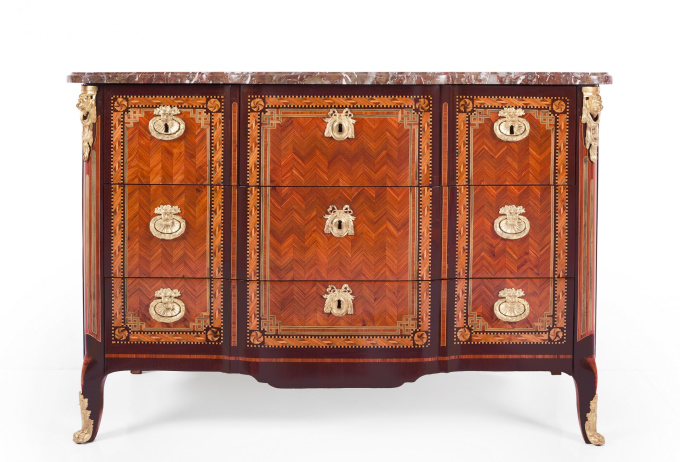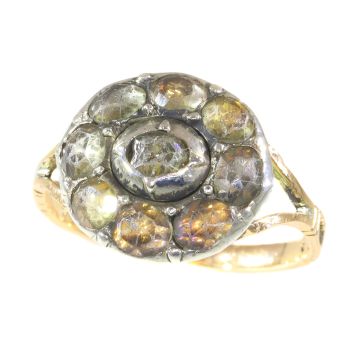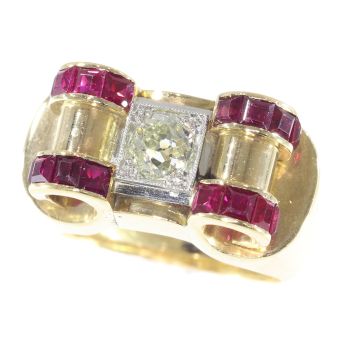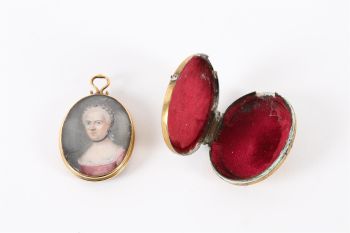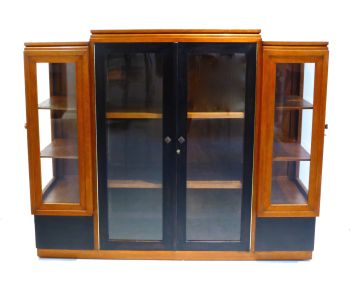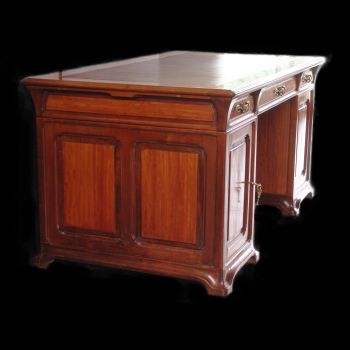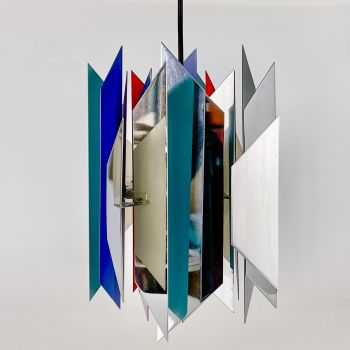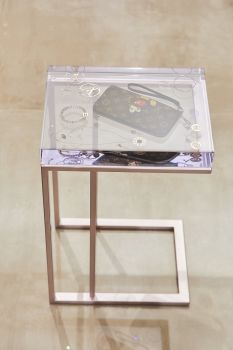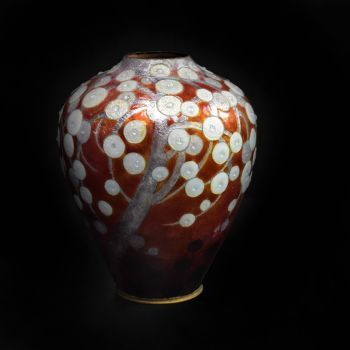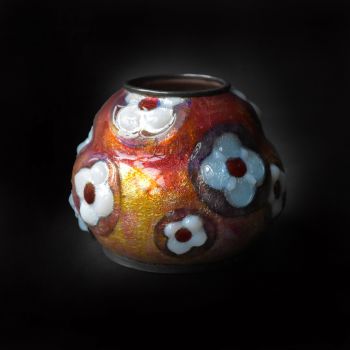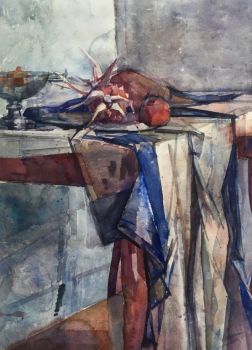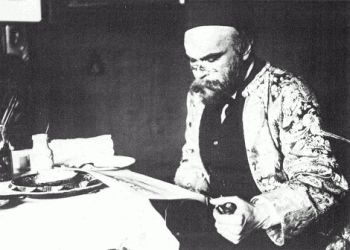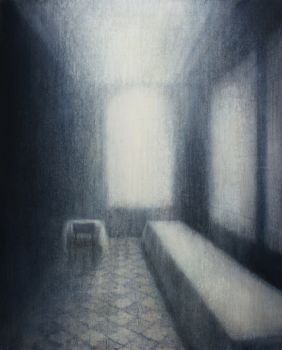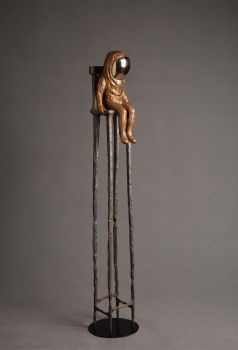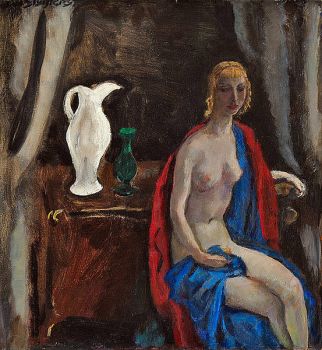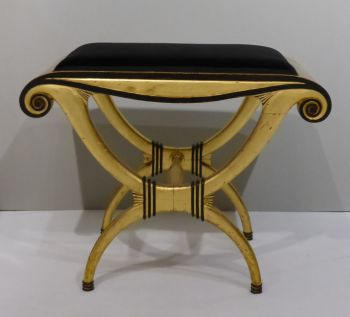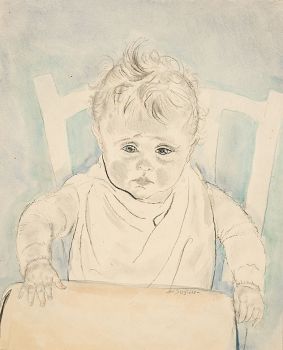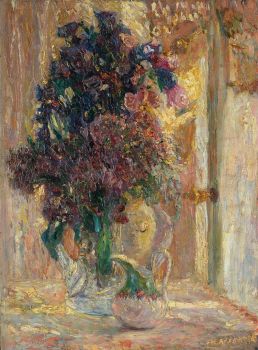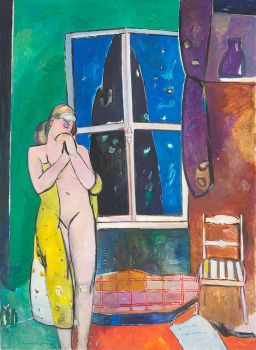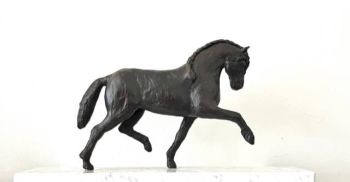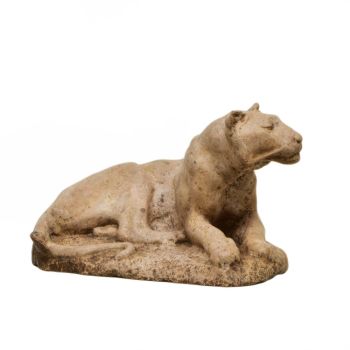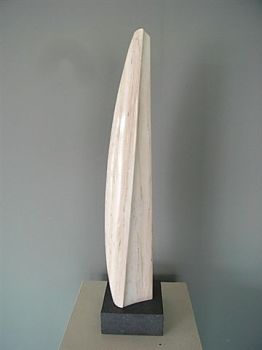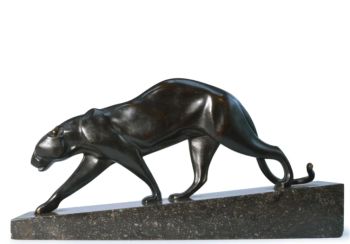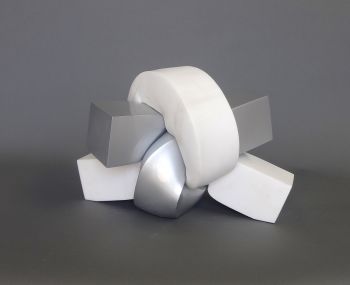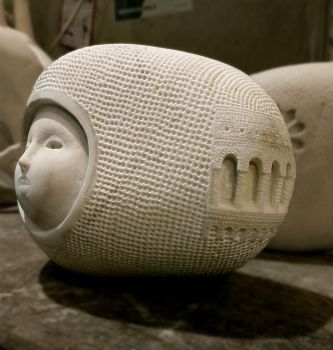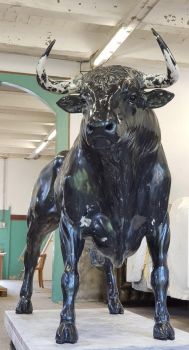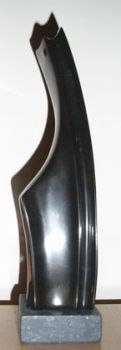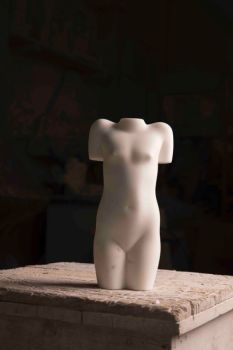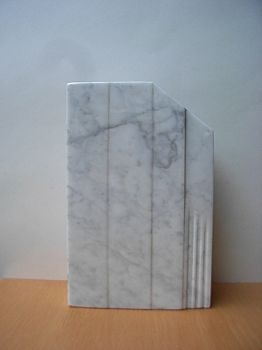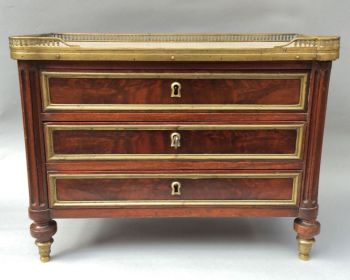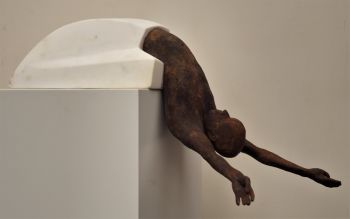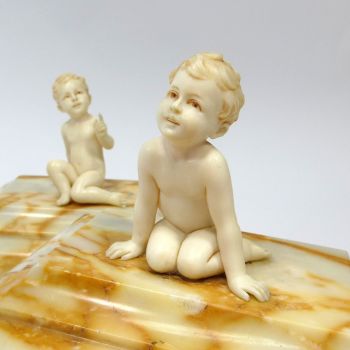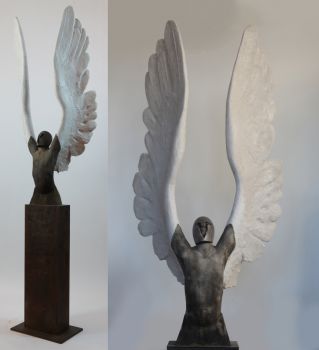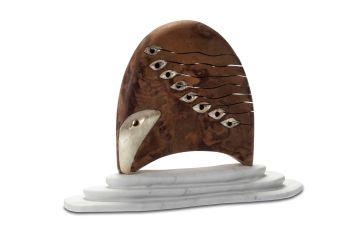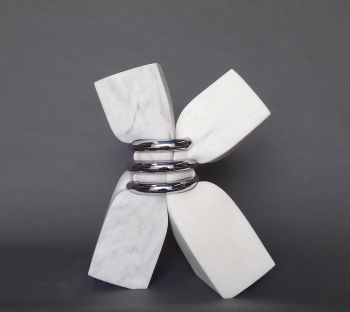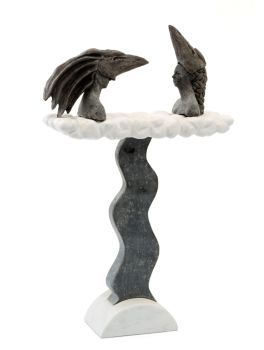French Transition commode 1750 - 1799
Unknown artist
MarbleStoneWood
92 ⨯ 130 ⨯ 60 cm
ConditionVery good
Currently unavailable via Gallerease
- About the artworkTransition Commode with three drawers and Marble top
The commode with a breakfront has below the marble top three smaller drawers and two large drawers. The corners are decorated with marquetry representing a fluted column. The front of the commode is divided into three panels surrounded by Greek frets.
The commode is attributed to François Rubestuck (1722-1785). He was born in Westphalia, Germany, but moved to France and became master in Paris in 1766.
Some of the most beautiful and refined furniture ever made, displaying the highest level of artistic and technical ability, was created in Paris during the eighteenth century. Much admired by an international clientele, it was used to furnish residences all over Europe and also influenced fashions of cabinetmaking outside France. A large number of foreign cabinetmakers settled in Paris and became very successful – especially Germans, who brought with them a high level of technical accomplishment - About the artist
It might happen that an artist or maker is unknown.
Some works are not to be determined by whom it is made or it is made by (a group of) craftsmen. Examples are statues from the Ancient Time, furniture, mirroirs, or signatures that are not clear or readible but as well some works are not signed at all.
As well you can find the following description:
•“Attributed to ….” In their opinion probably a work by the artist, at least in part
•“Studio of ….” or “Workshop of” In their opinion a work executed in the studio or workshop of the artist, possibly under his supervision
•“Circle of ….” In their opinion a work of the period of the artist showing his influence, closely associated with the artist but not necessarily his pupil
•“Style of ….” or “Follower of ….” In their opinion a work executed in the artist’s style but not necessarily by a pupil; may be contemporary or nearly contemporary
•“Manner of ….” In their opinion a work in the style of the artist but of a later date
•“After ….” In their opinion a copy (of any date) of a work of the artist
•“Signed…”, “Dated….” or “Inscribed” In their opinion the work has been signed/dated/inscribed by the artist. The addition of a question mark indicates an element of doubt
•"With signature ….”, “With date ….”, “With inscription….” or “Bears signature/date/inscription” in their opinion the signature/ date/ inscription has been added by someone other than the artist
Artwork details
Related artworks
Unknown artist
MATERNITY FIGURE, FANG-MABEA, CAMEROON.PROVENANCE R.CAILLOIS-P.RATTON.1920 - 1930
Price on requestSpectandum Gallery
1 - 4 / 12Unknown artist
A JAPANESE MODEL OF A NORIMONO, A PALANQUIN1650 - 1700
Price on requestZebregs & Röell - Fine Art - Antiques
Børge Mogensen
Teak wood “dropleaf” desk – Søborg Møbler, Denmark circa 19551950 - 1960
Price on requestVan Kerkhoff Art
1 - 4 / 24Willem Witsen
Vintage portrait photograph of Paul Verlaine (sitting)1850 - 1900
Price on requestKunsthandel Pygmalion
Unknown artist
A rare filigrana a retortoli goblet1550 - 1600
Price on requestPeter Korf de Gidts - Antiquairs
Unknown artist
A Dutch colonial Indonesian betel box with gold mounts1750 - 1800
Price on requestZebregs & Röell - Fine Art - Antiques
1 - 4 / 24- 1 - 4 / 24

